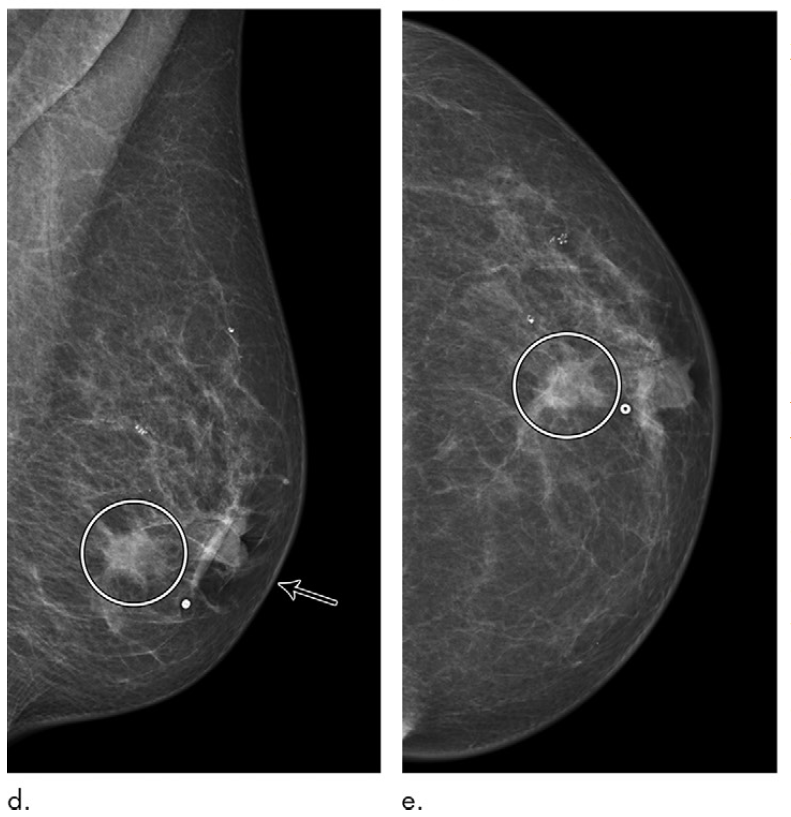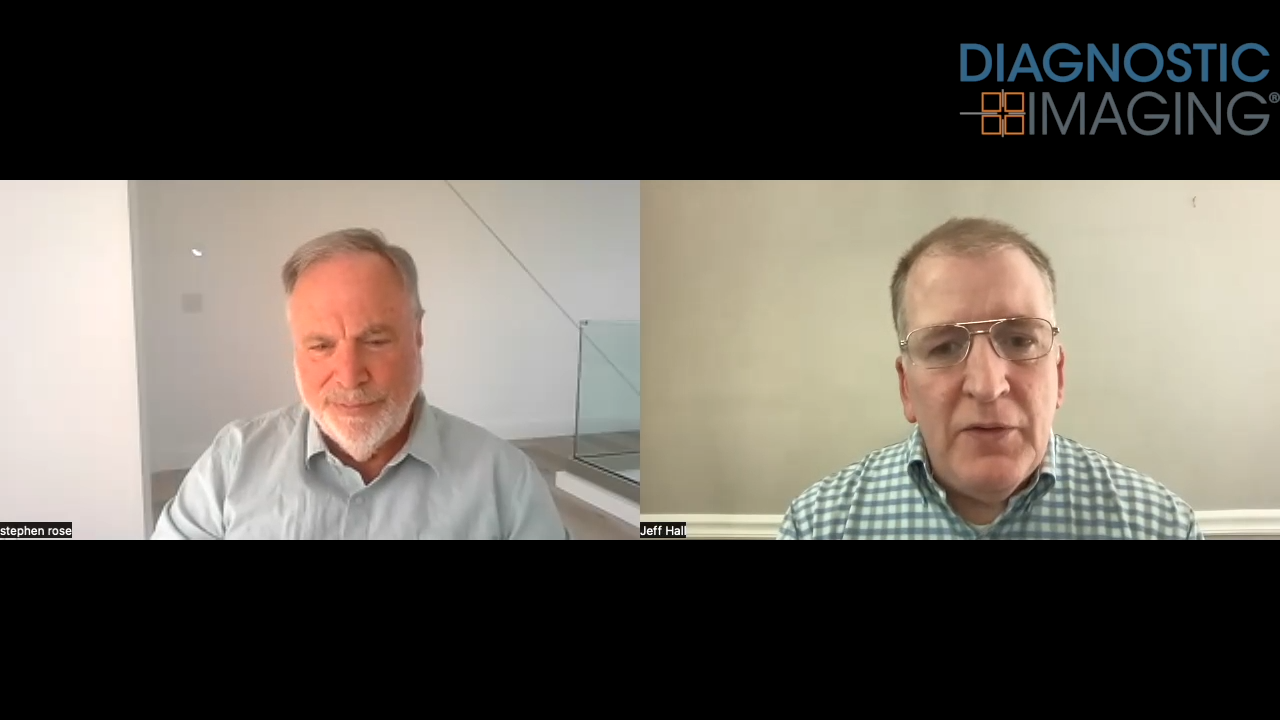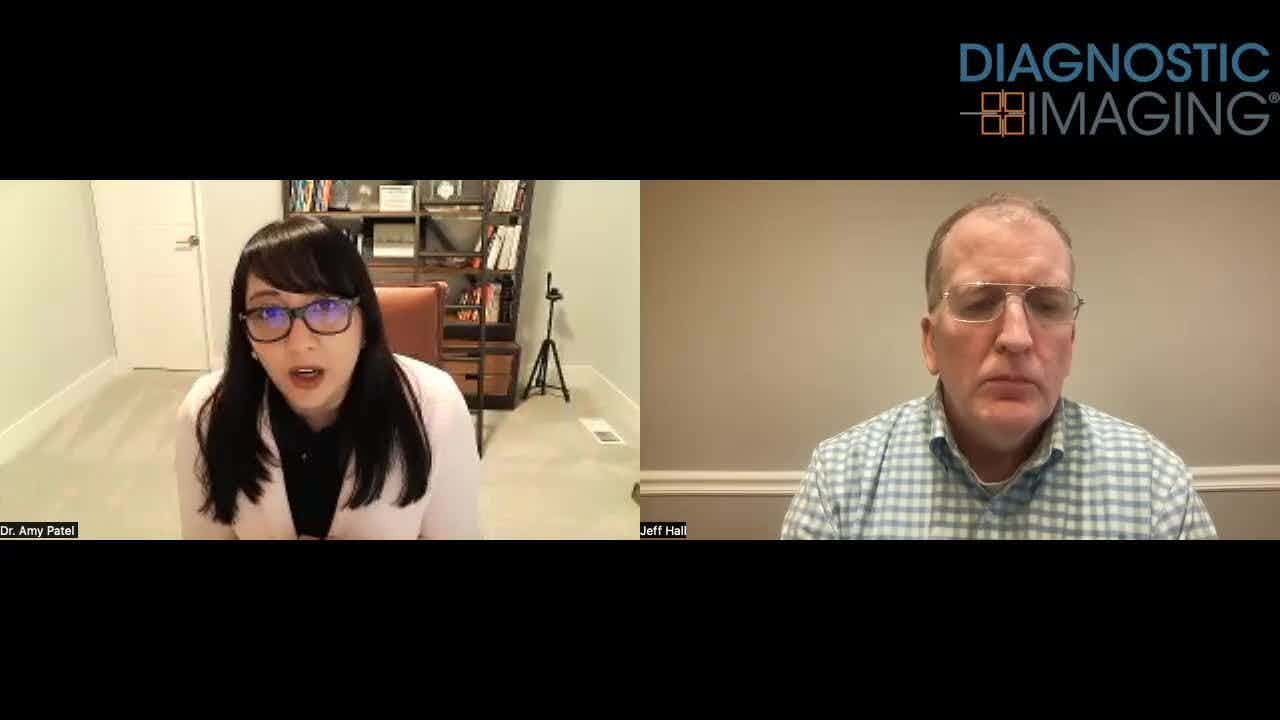Interval Cancer Rate Lower with Digital Breast Tomosynthesis
Findings support argument for replacing digital mammography with digital breast tomosynthesis for breast cancer screening.
The rate of interval breast cancers is lower with digital breast tomosynthesis (DBT) screening than with digital mammography – a finding that contributes to the growing body of knowledge that supports DBT’s screening superiority.
In a study published today in Radiology, researchers from Sweden revealed this reduction in the interval cancer rate could be substantial enough to impact screening efforts.
“A statistically significant reduction in interval cancer rate was observed in our prospective, population-based, one-view DBT screening trial compared with a large contemporary control group screening with digital mammography,” said the team led by Kristin Johnson, M.D., radiology resident at Skåne University Hospital in Malmö. “Our study suggests that there is an effect of DBT on interval cancer rate in population screening and that it could translate into additional screening benefit.”
Despite showing higher sensitivity than DM for breast cancer detection, DBT’s impact is still not clearly understood. Picking up additional cancers can be beneficial, but many experts argue that it can contribute to over-diagnosis. Monitoring the rate of interval cancers – those that arise between routine screenings – could shed light on DBT’s real screening benefits as these cancers are largely thought to be more aggressive than those detected on a routine exam.
Related Content: Expanded Risk Model Identifies Women Who Need Additional Breast Cancer Screening
“Interval cancers have, in general, a more aggressive biological profile than screen-detected cancers,” said Johnson, who is also a Ph.D. candidate at Lund University. “This means that the prognosis is less favorable for interval cancers compared to screen-detected cancers.”
Images in a 72-year-old woman who was diagnosed with a 13-mm lymph node-negative invasive lobular carcinoma luminal B–like human epidermal growth factor receptor 2 breast cancer 18 months after a screening negative for cancer in the Malmö Breast Tomosynthesis Screening Trial. (a) Mediolateral oblique and (b) craniocaudal digital mammography (DM) images at screening. The slight retraction of the nipple was unchanged compared with previous DM screening images. (c) Digital breast tomosynthesis at screening.
Courtesy: RSNA

Images in a 72-year-old woman who was diagnosed with a 13-mm lymph node-negative invasive lobular carcinoma luminal B–like human epidermal growth factor receptor 2 breast cancer 18 months after a screening negative for cancer in the Malmö Breast Tomosynthesis Screening Trial. DM images of (d) mediolateral oblique and (e) craniocaudal views at diagnosis, small marker at lump location. increased nipple retraction (arrow) and central mass (circle on d and e).
Courtesy: RSNA

If the interval cancer detection rate is lower among women imaged with DBT, that could be attributed to better detection of the rapidly growing cancers than have a poorer prognosis.
To determine if that is, in fact, the case, Johnson’s team conducted a prospective, population-based study, examining interval cancer rates between women screened with DBT and DM. They included 14,848 women enrolled in Sweden’s population-based Malmö Breast Tomosynthesis Screening Trial who were imaged between January 2010 and February 2015. An age-matched control group included 26,738 women who underwent DM at the same facility. The team matched women in the trial with two women in the control group.
In the trial, identified interval cancers typically had worse outcomes. According to their analysis, patients screened with both DBT and DM had an interval cancer rate of 1.6 per 1,000 – a significant drop from the 2.8 per 1,000 among women screened only with DM. This result points to a potential screening benefit that accompanies the use of DBT.
“One could speculate that some of the additional cancers detected in DBT screening would have been diagnosed as interval cancers if not detected by DBT,” Johnson explained.
In addition, the team reported that 90 percent of the 21 interval cancers diagnosed in the trial group were invasive compared to 95 percent of the 76 interval cancers detected in the control group. Tumors detected in trial participants were also smaller – 15 mm +/- 7 mm compared with 20 mm +/- 10 mm, respectively. The team also determined that trial participants had a slightly higher proportion of positive progesterone receptor status cancers (63 percent versus 53 percent) and a slightly lower proportion of high proliferation cancers (63 percent versus 75 percent) when compared to the control group.
These results add to the evidence and bolster the growing opinion that DBT could potentially replace DM as the go-to screening method for breast cancer, the team said, but they add their findings should be viewed with a degree of caution. Other existing studies have not shown a similar interval cancer rate reduction, and the rate is not the only measure that contribute to evaluating DBT’s potential screening benefits – cancer type and cost-benefit should also be considered.
For more coverage based on industry expert insights and research, subscribe to the Diagnostic Imaging e-Newsletter here.
AI-Initiated Recalls After Screening Mammography Demonstrate Higher PPV for Breast Cancer
March 18th 2025While recalls initiated by one of two reviewing radiologists after screening mammography were nearly 10 percent higher than recalls initiated by an AI software, the AI-initiated recalls had an 85 percent higher positive predictive value for breast cancer, according to a new study.
ECR Mammography Study: Pre-Op CEM Detects 34 Percent More Multifocal Masses than Mammography
February 28th 2025In addition to contrast-enhanced mammography (CEM) demonstrating over a 90 percent detection rate for multifocal masses, researchers found that no significant difference between histological measurements and CEM, according to study findings presented at the European Congress of Radiology.
Study: Mammography AI Leads to 29 Percent Increase in Breast Cancer Detection
February 5th 2025Use of the mammography AI software had a nearly equivalent false positive rate as unassisted radiologist interpretation and resulted in a 44 percent reduction in screen reading workload, according to findings from a randomized controlled trial involving over 105,000 women.










